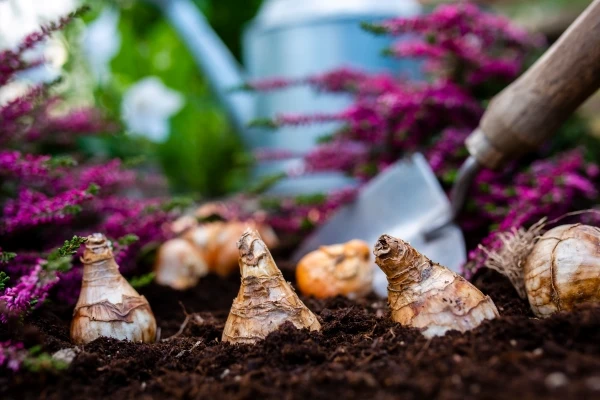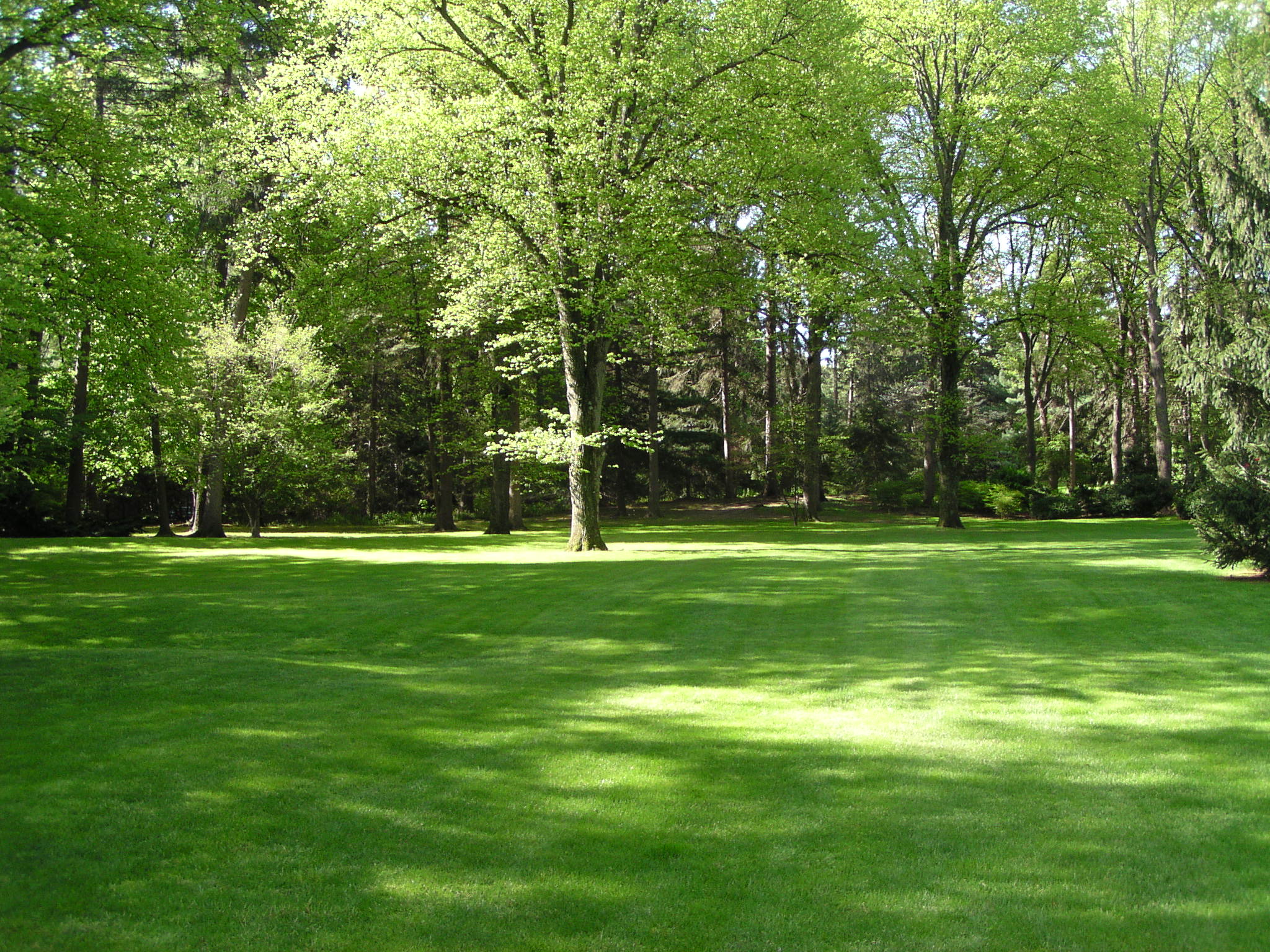
Spring Lawn Care Tips
Ahh, spring! The air is warm, the sun is shining, and your lawn doesn’t look as bad as you would have imagined, given the severity of the past winter. What should you do now to ensure a beautiful, healthy lawn this year?
Know when to mow
Before you mow, understand how your grass grows. Your grass grows from two main points: from the crown, just above the soil surface, and from the base of blades whose tips you have cut. In this way the grass makes new blades and elongates old ones.
The shorter you cut your grass, the shorter your roots are. Before you cut your grass for the first time in the spring, change the height of cut on your mower blade so that the grass is cut at 3”, this means give your grass a hair cut when it is 4” tall.
Know when to water
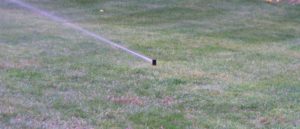
Spring rains may supply the necessary water to support your lawn’s water needs. Don’t be too hasty to turn on the irrigation system or the sprinkler. It’s best to invest in a rain gauge to determine rainfall or irrigation amounts. Most lawns will benefit from an inch to an inch and a half of water every 7-10 days – there are exceptions. These include variations in soil and weather conditions, sun versus shade, and type of grasses in your lawn. If water restrictions exist, be sure to follow them to avoid fines.
Know when to sharpen your mower blade
Cutting the grass with a dull blade shreds the leaf tip and causes water loss as well as increased susceptibility to disease. In addition, the shredded tips give the lawn a brownish cast, instead of healthy green. A sharp blade makes a clean cut.
If you’re not already doing this, remove the bagger on the back of your mower and let your clippings remain. Worried about thatch? Adding clippings back actually helps to reduce thatch, since the organic matter boosts the rate of thatch breakdown. And, raking does nothing for thatch. The material you remove by raking is above the ground and is therefore not true thatch.
Know when to apply weed control
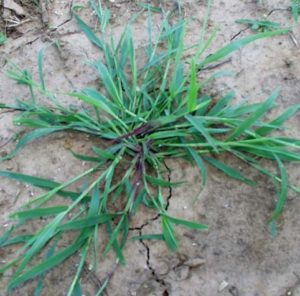
One spring weed that needs your attention is crabgrass. If you’ve had crabgrass in your lawn last year, chances are, it will be back! This annual weed makes its presence known when the soil temperatures reach 55 degrees; allowing for seed to germinate. A helpful timing hint: Crabgrass germinates when the forsythia is in full bloom. Chemical controls are either pre- or post-emergence. Read the label first and be certain to follow it for rates and frequency of application.
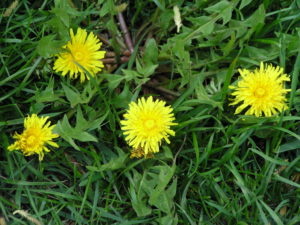
A spring lawn wouldn’t be complete without a dandelion here and there. Those yellow flowers quickly turn to seed that’s easily dispersed – everywhere. Regular mowing of the lawn should keep flowers at bay. Post-emergent lawn control products can be applied, as well. Dandelions can also be controlled in the fall, as well.



